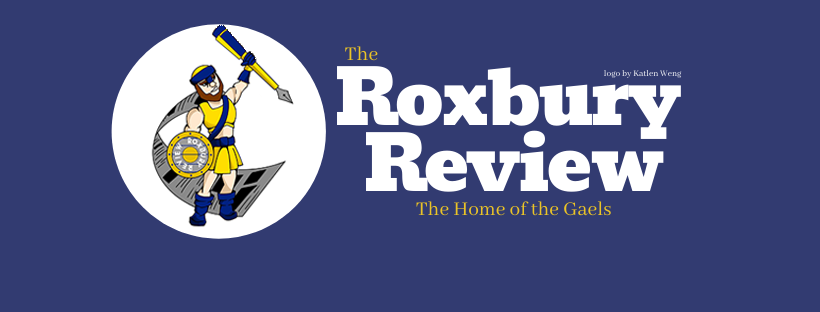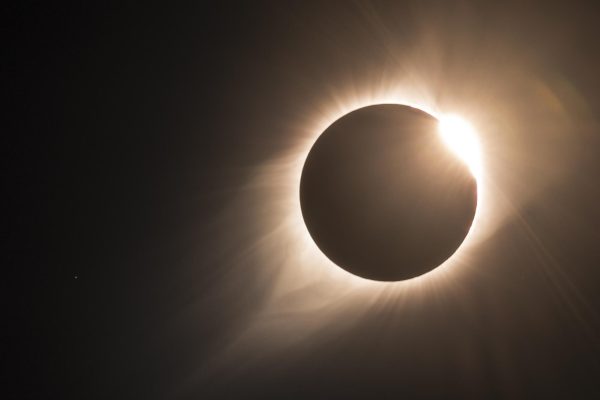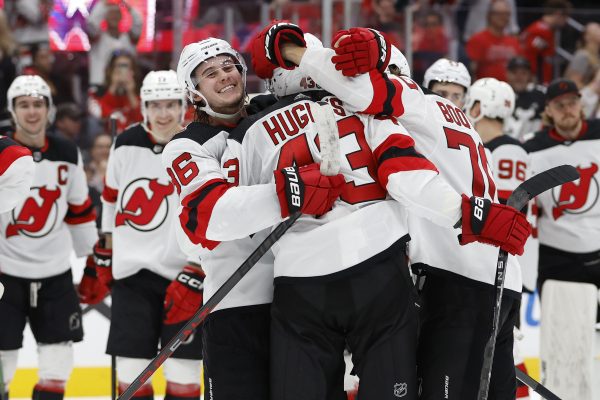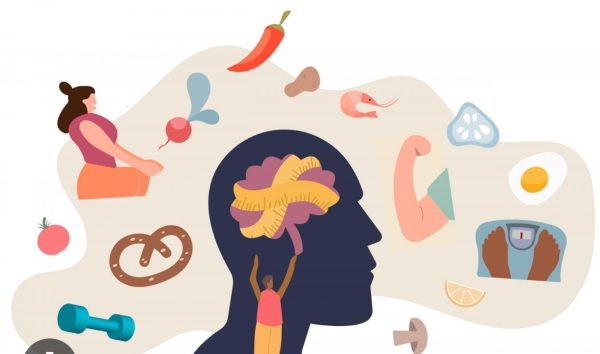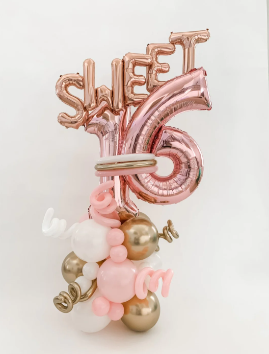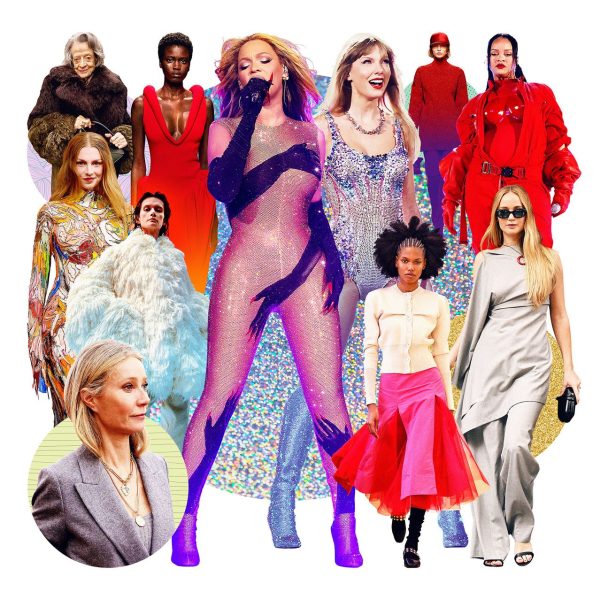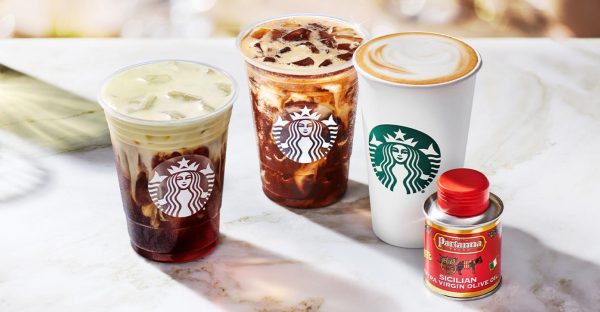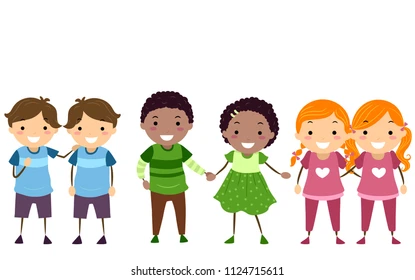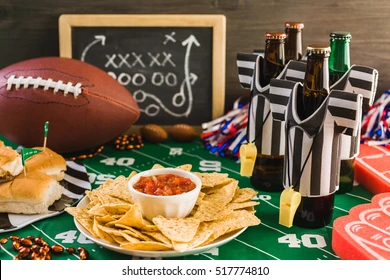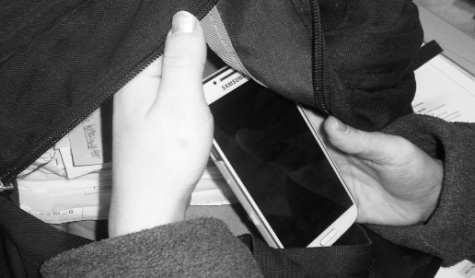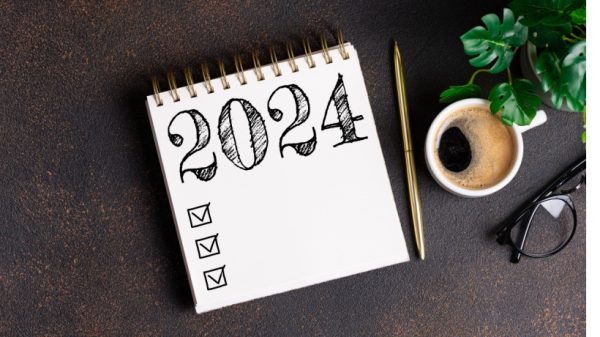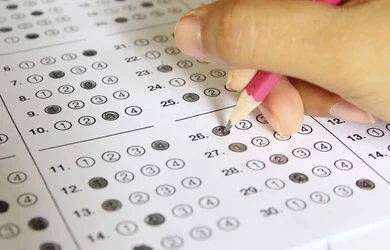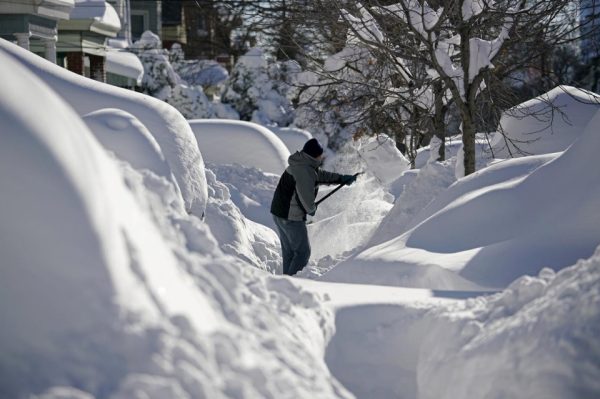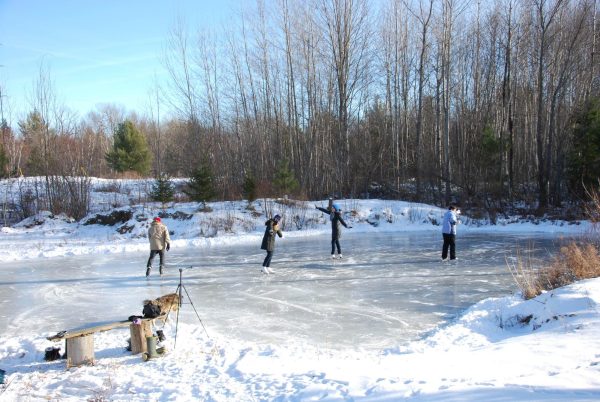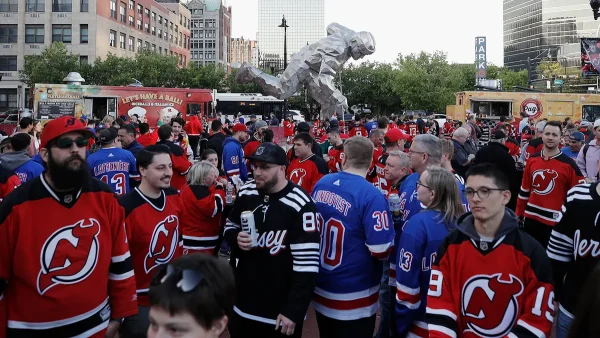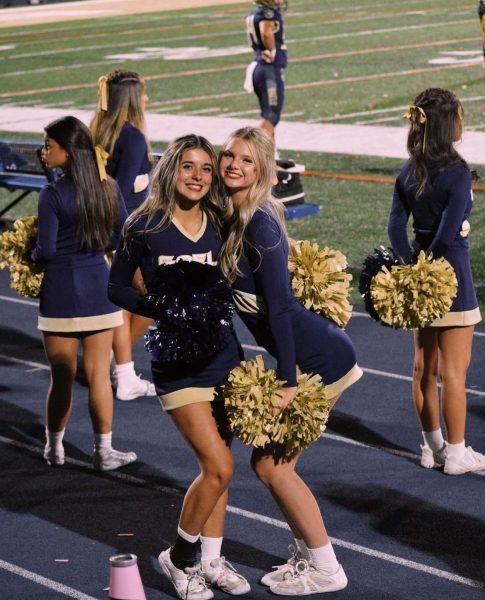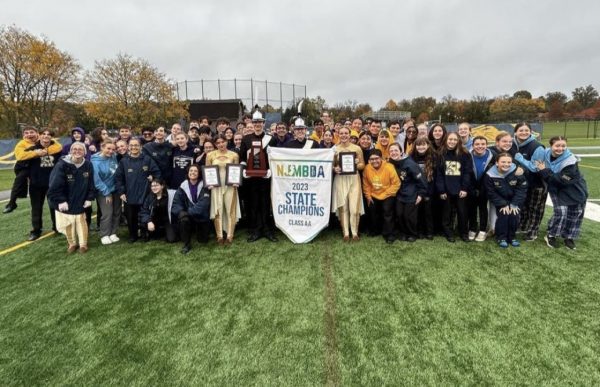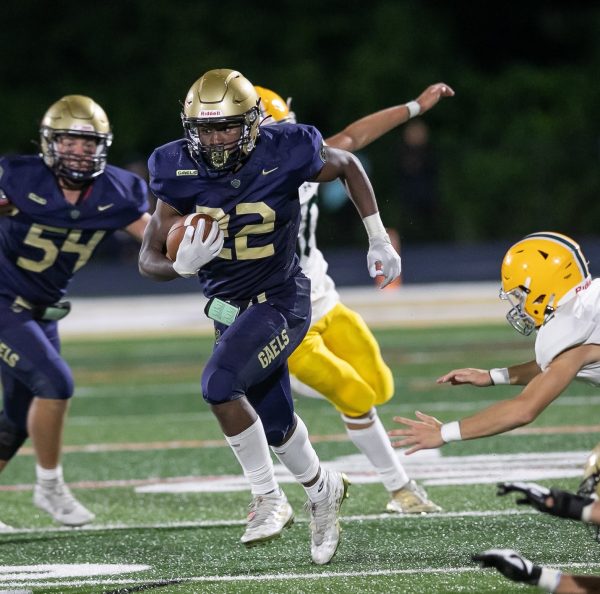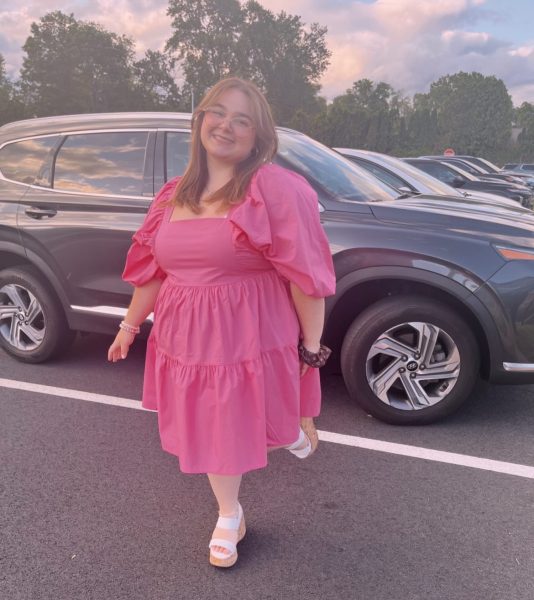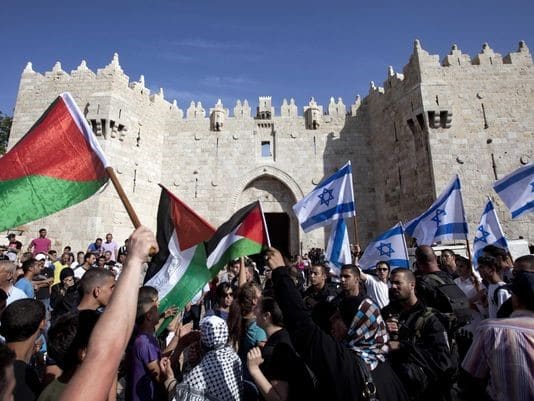Winter Holidays
The winter season, often referred to as the “holiday season,” embraces numerous celebrations worldwide during late fall and early winter. Beyond the familiar festivities like Christmas and Hanukkah, there’s a plethora of lesser-known holidays that contribute to the season’s vibrancy. In this article, we’ll explore the diverse array of holidays that grace the winter season, including occasions that inspire the exchange of delightful gift hampers sydney.
Hanukkah
Hanukkah is an eight day celebration during which people of the Jewish faith admire the Maccabees; a group of Jewish warriors that were able to overthrow their king, King Antiochus, so they could freely practice their religion. King Antiochus prohibited the practice of Judaism, which led into the rebellion of the Maccabees.
People of Jewish faith celebrate Hanukkah today by the lighting of candles on the menorah and presenting gifts each night to their loved ones. They also celebrate the Maccabees’ victory together as a family with singing, games, and food every night.
Christmas
Winter has always been a time of celebration throughout the world. Before the birth of Jesus Christ the early Europeans would celebrate the Winter Solstice known as Yule. Yule celebrates the longen days of winter from December 21 through January 2nd to recognise the return of the sun. Part of the Yule celebration was taking large pieces of logs and burning them to celebrate the return of sunlight because the days would get longer. Due to Yule, Pope Julius I selected December 25th to commemorate the birth of Jesus Christ to merge Paegan festivals (one of them being Yule) with Christianity. Christmas is celebrated by Christians as a religious holiday to commemorate the birth of Jesus Christ, who is the Son of God in the Christian religion. Christmas is also celebrated as a cultural holiday to promote spreading of happiness and kindness to everyone.
The popular customs of celebrating Christmas is the decoration of houses, Christmas trees, spending time with family, sharing meals with loved ones, and the exchange of gifts. One of the most popular traditions in the US is the waiting for Santa Claus to bring gifts to small children amidst the cover of night.
Kwanzaa
Kwanzaa is a cultural celebration that spans from December 26 through January 1st to celebrate African heritage. Kwanzaa was created in 1966 as an African-American holiday by Maulana Karenga. Many African-Americans who celebrate Kwanzaa also observe Christmas. There are seven principles of Kwanzaa: Umoja (unity), the striving for unity in family, community, nation, and race, Kujichagulia (self-determination), “to define and name ourselves as well as to create and speak for ourselves”, Ujima (collective work and responsibility), “to build and maintain our community together,” Ujamaa (cooperative economics), “to build and maintain our own stores and to profit from them together”, Nia (purpose), “to make our collective vocation the building and developing our community to restore our people to our traditional greatness”, Kuumba (creativity), “to do always as much as we can,” Imani (faith), to believe with all our hearts in our people and the righteousness and victory of our struggle.”
The African-American families who celebrate Kwanzaa decorate their households with African artwork and traditional black, green, and red candles and colorful African cloth. During these festivities, they dress in traditional African clothing. The first candle on the kinara is lit on December 26th. This holiday consists of gift-giving and feasting.
New Year’s Day/ Eve
People around the globe gather on December 31st to celebrate the arrival of the New Year. Each culture celebrates with social gatherings, music, food, and dancing. Some watch fireworks, and in the US, many gather around the TV with family to countdown to the New Year and watch the ball drop in Times Square. Many cultures also have significant traditions to bring luck to the family for the coming year. The New Year unites family and friends to salute the coming year.
Three Kings Day
Three Kings Day is a widely celebrated holiday by many Hispanic families on January 6th, which is also a Christian feast day called the Epiphany. It is assumed that three Magi came to visit baby Jesus because of the three gifts that were left for Jesus. This church feast day commemorates the visitation of the Magi to baby Jesus in Bethlehem, during which they had given Jesus many luxurious gifts.
Small children in Puerto Rico leave a box of hay underneath their beds for the camels that the Three Kings ride, like children in the mainland US leave cookies and milk for Santa Claus. Three Kings Day is celebrated with gifts and food, social gatherings, and church. For many Hispanic families this holiday is Christmas. In Spain, before children go to sleep they leave water, and Rosca de Reyes with a figurine of baby Jesus that represents the Holy Family fleeing from King Herod. A Mexican tradition with the bread, Rosca de Reyes, is to put a figurine of baby Jesus inside of the bread and whoever is the founder of that figurine would have to provide tamales for the guests. All in all, the Three Kings Day is a celebration of the visitation of Jesus by the Magi.
During the winter season, numerous holidays bring people together, fostering unity, kindness, and the joy of giving across various cultures. As you contemplate the perfect gift for your loved ones, especially if you want to consider buying a watch as a thoughtful present, you may find valuable insights in a post at NanaDC. This guide explores the essence of holiday celebrations, emphasizing unity, kindness, and the rich tapestry of cultural festivities.
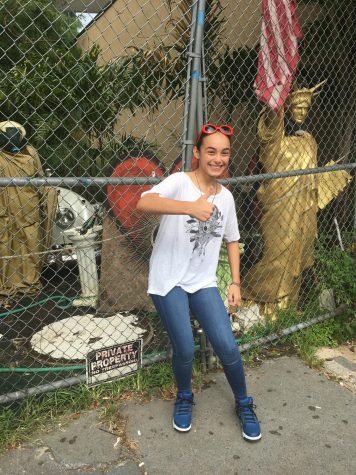
Sam Medina is a young artistic Freshman who attends Roxbury High School in New Jersey. She began showing an interest in the arts at a very young age. Recently,...
